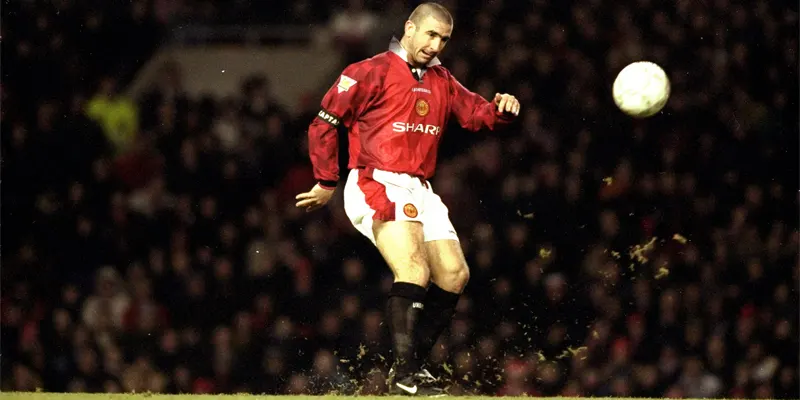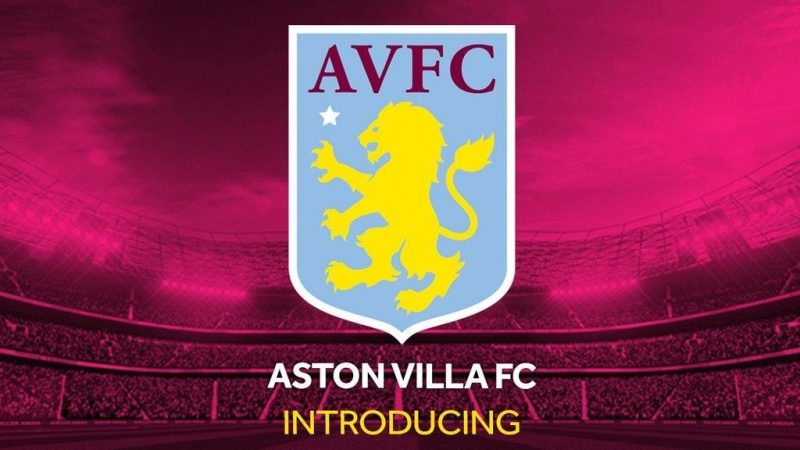Nestled in the heart of Sheffield, South Yorkshire, Bramall Lane stands as a testament to football history. As the oldest major football stadium still in use, it has witnessed over a century of sporting evolution, making it a cherished landmark for fans and a must-visit destination for football enthusiasts worldwide UU88.
A Storied Beginning
Opened on April 30, 1855, Bramall Lane was initially established as a cricket ground. Its name derives from the Bramall family, renowned file and graver manufacturers, who owned the nearby properties. The stadium’s transformation into a football venue began in 1889 when Sheffield United Football Club was founded. Since then, it has been the club’s home, hosting countless memorable matches and events.
Architectural Evolution
Over the decades, Bramall Lane has undergone several renovations to meet modern standards while preserving its historic charm. Notable developments include the construction of the Bramall Lane Stand in 1966, the South Stand in 1975, and the all-seated conversion completed in 1994. The most recent addition, the Westfield Health Stand, was unveiled in 2006, further enhancing the stadium’s facilities.
Modern-Day Features
Today, Bramall Lane boasts a seating capacity of 32,050, providing an intimate yet electrifying atmosphere for fans. The stadium’s proximity to the pitch ensures that spectators are close to the action, amplifying the matchday experience. In 2025, Sheffield United announced plans to expand the South Stand by adding a second tier, which would increase the stadium’s capacity by 5,400 seats, reflecting the club’s ambition and commitment to growth.
Beyond Football
While primarily serving as the home of Sheffield United, Bramall Lane has hosted a diverse array of events. It was the venue for the 1912 FA Cup Final replay, where Barnsley triumphed over West Bromwich Albion. The stadium has also welcomed international football matches, including England’s 1902 Test match against Australia, and was one of the venues for the 2022 UEFA Women’s Euro, featuring the semi-final between England and Sweden.
Additionally, Bramall Lane has been a stage for rugby league games, concerts by artists like Bruce Springsteen and Rod Stewart, and even a boxing match featuring Sheffield’s own Kell Brook. This versatility underscores the stadium’s status as a multifaceted venue that transcends the boundaries of football.
The Blades’ Fortress
Affectionately known as “The Blades,” Sheffield United’s supporters have a deep-rooted connection to Bramall Lane. The stadium’s atmosphere is renowned for its intensity, with fans passionately backing their team through thick and thin. The close-knit environment amplifies the energy during matchdays, creating an unforgettable experience for all who attend Casino UU88.
Visiting Bramall Lane
For those planning to visit, Bramall Lane is conveniently located in Sheffield’s city centre. The stadium is easily accessible via public transport, with nearby tram and bus services. Visitors can explore the rich history of the venue through guided tours, which offer insights into its storied past and the club’s legacy.
Conclusion
Bramall Lane is more than just a stadium; it is a living piece of football history. Its blend of tradition and modernity, coupled with the unwavering support of its fans, makes it a unique and cherished venue in the world of sports. Whether you’re a lifelong Sheffield United supporter or a football aficionado, a visit to Bramall Lane promises an experience steeped in history and passion.

